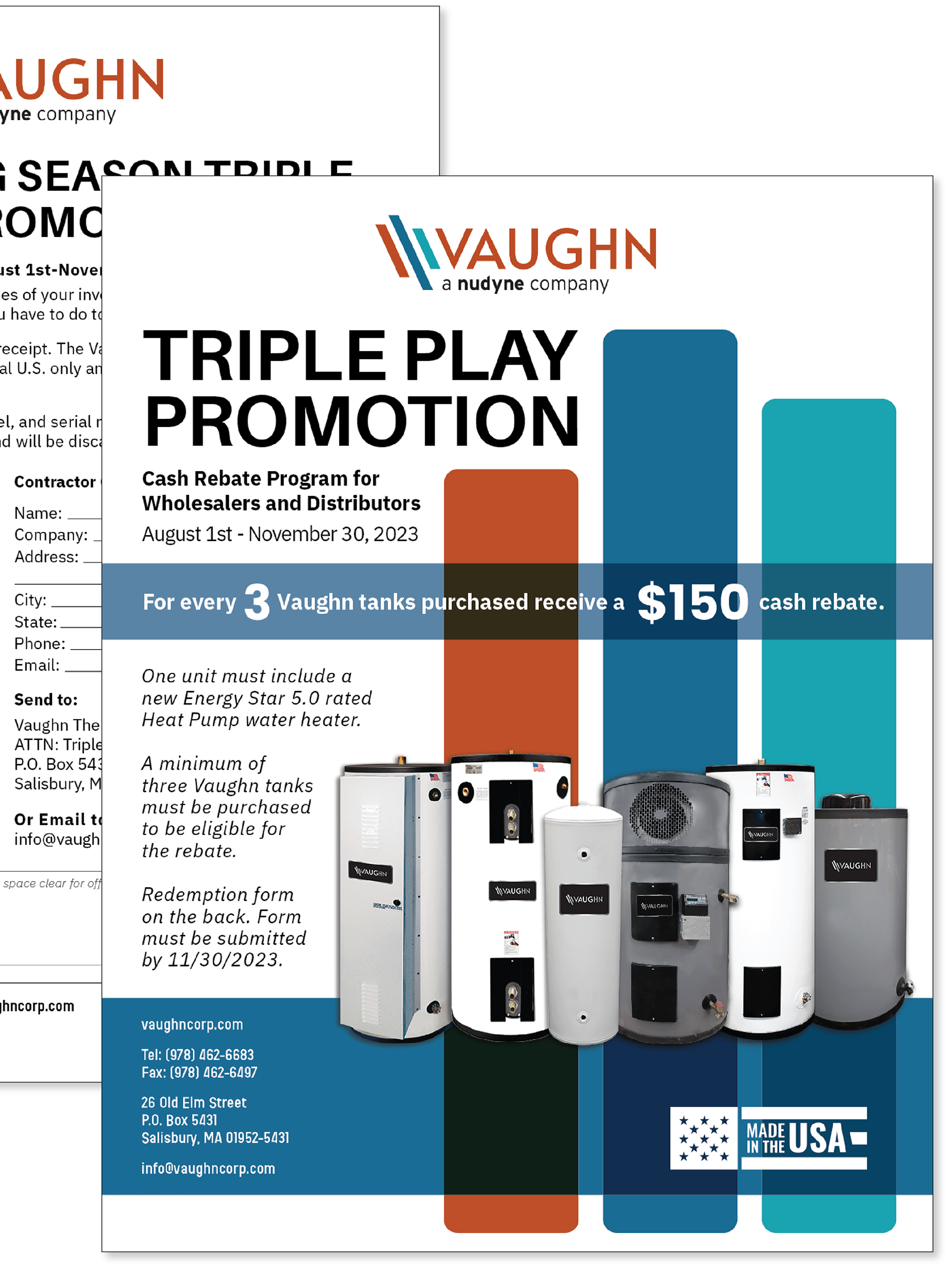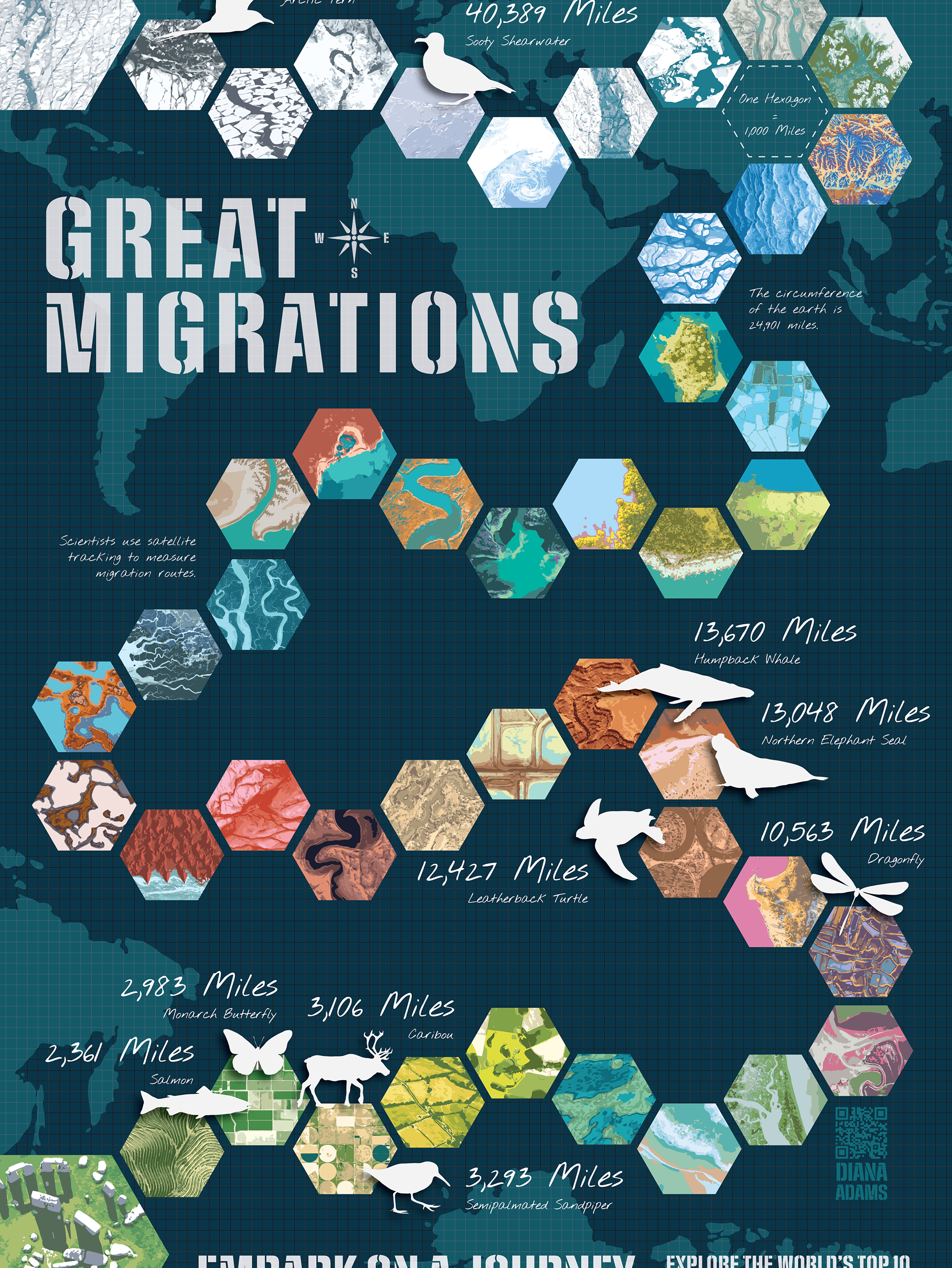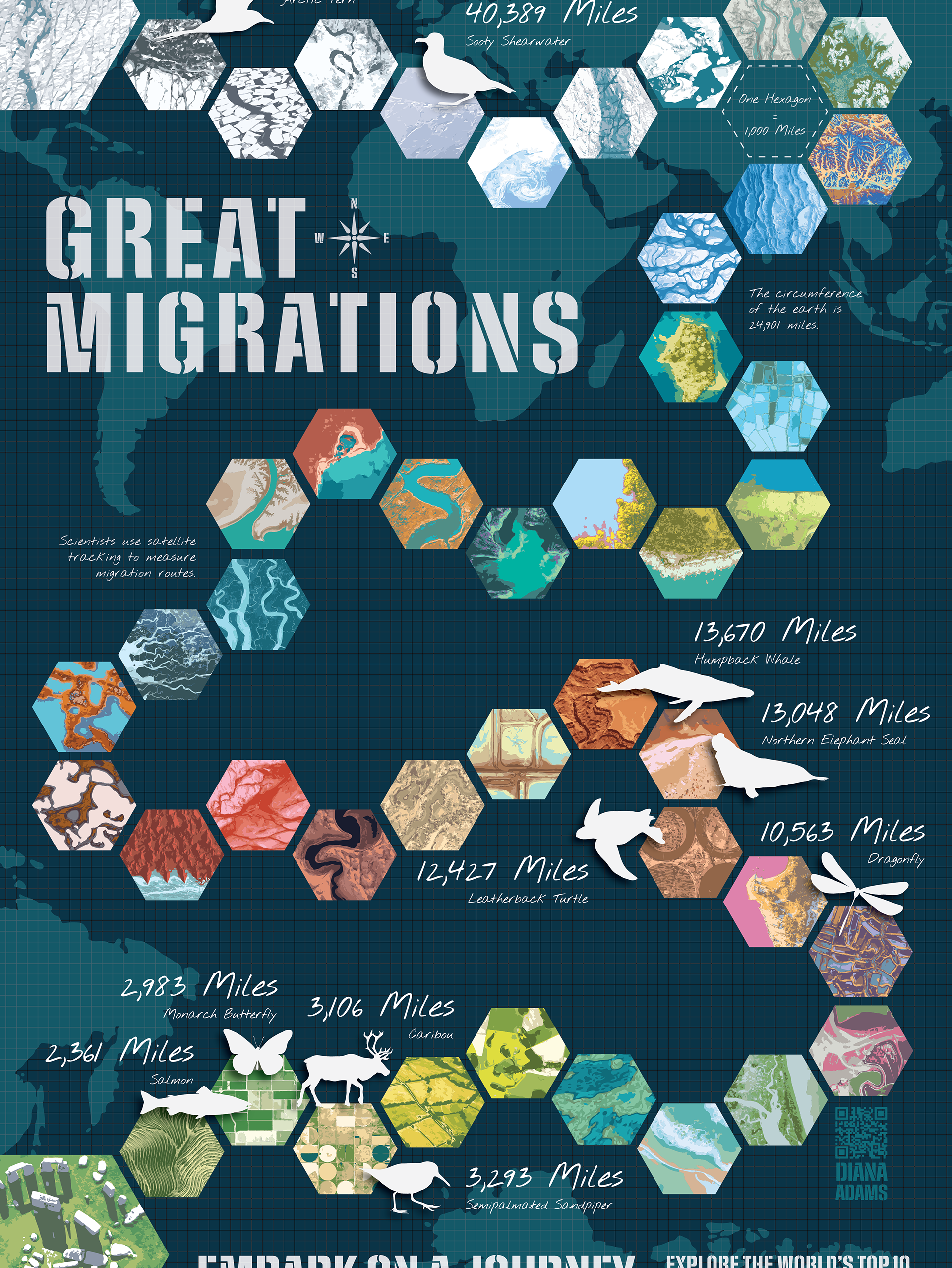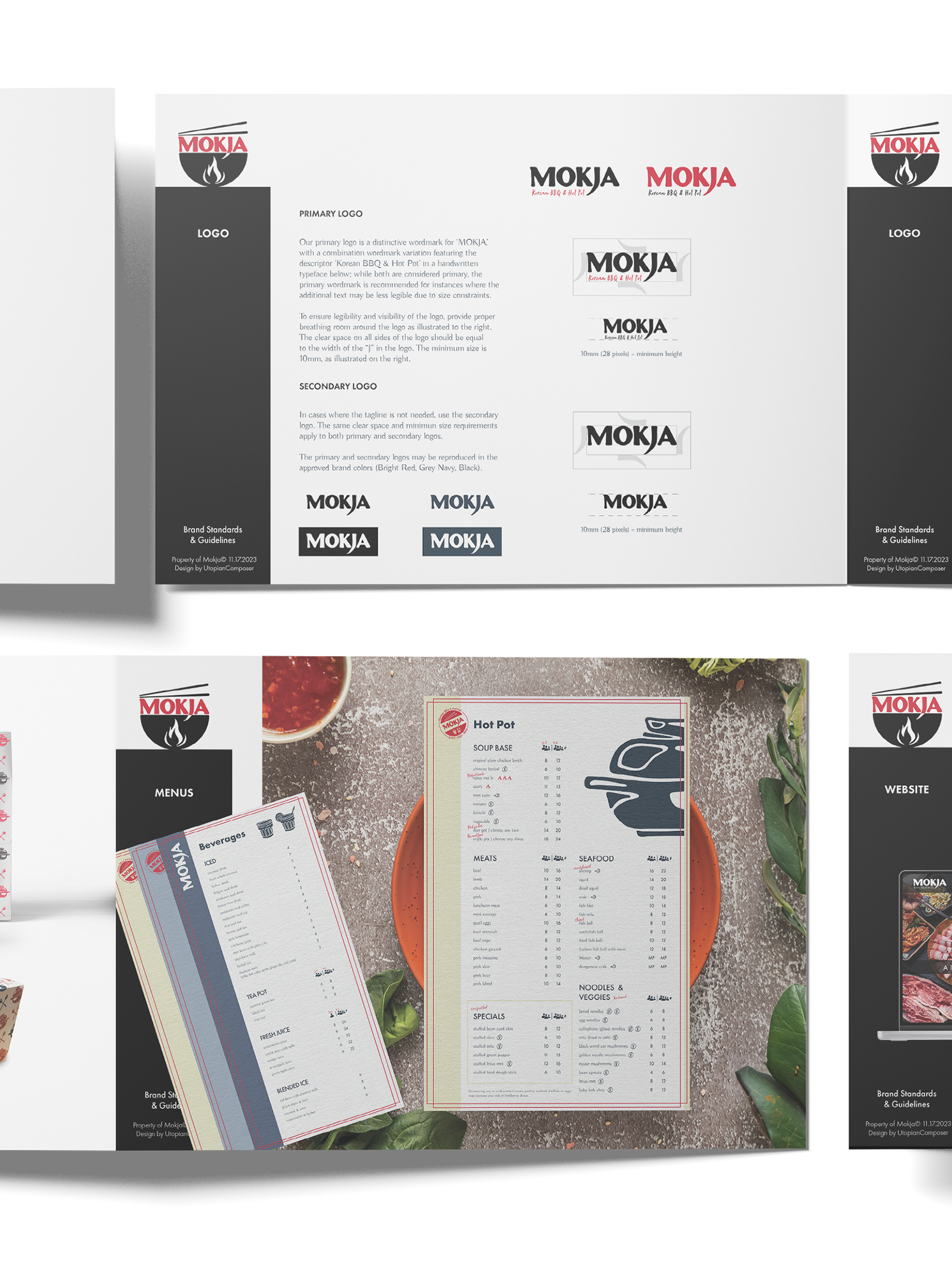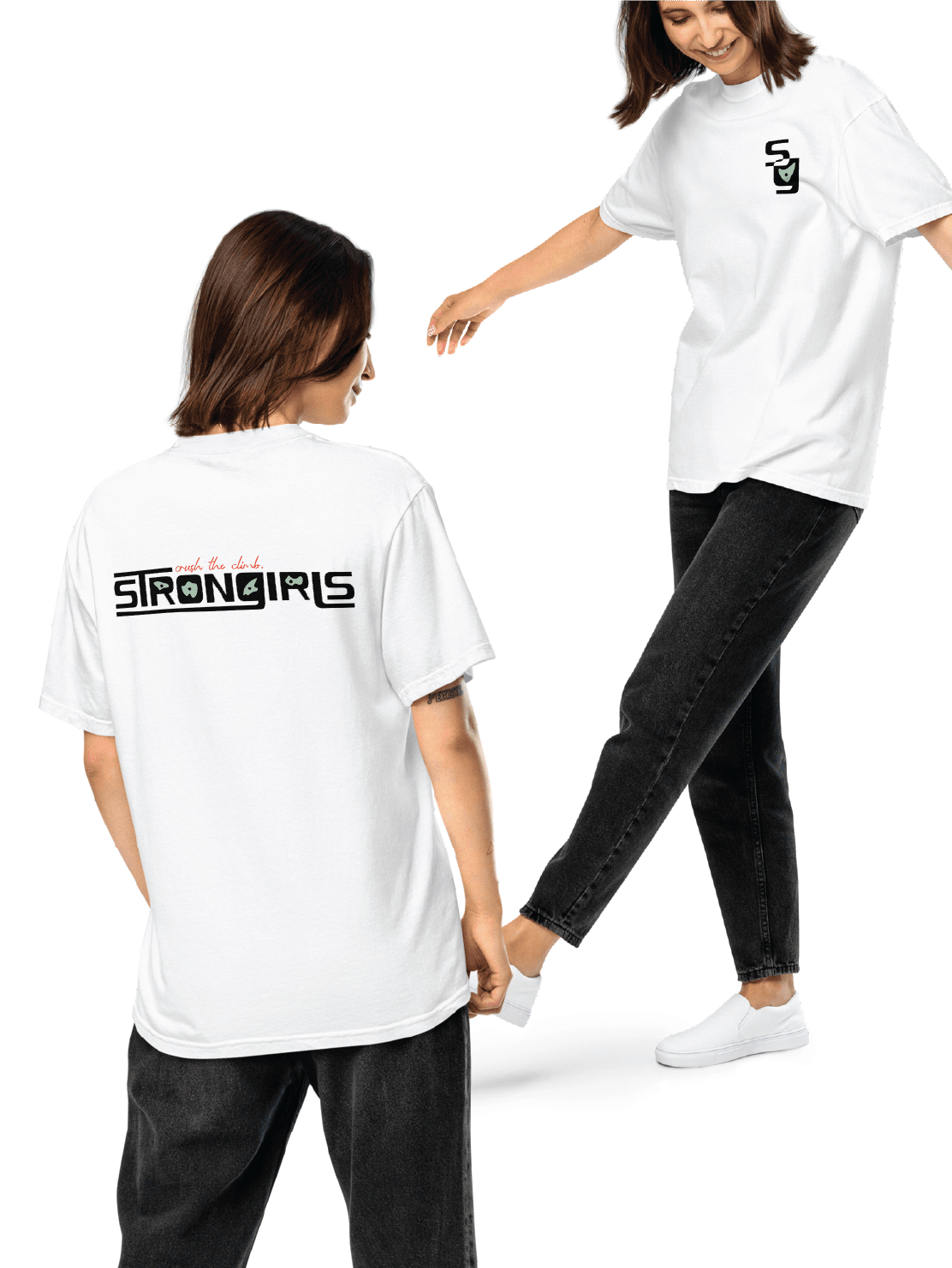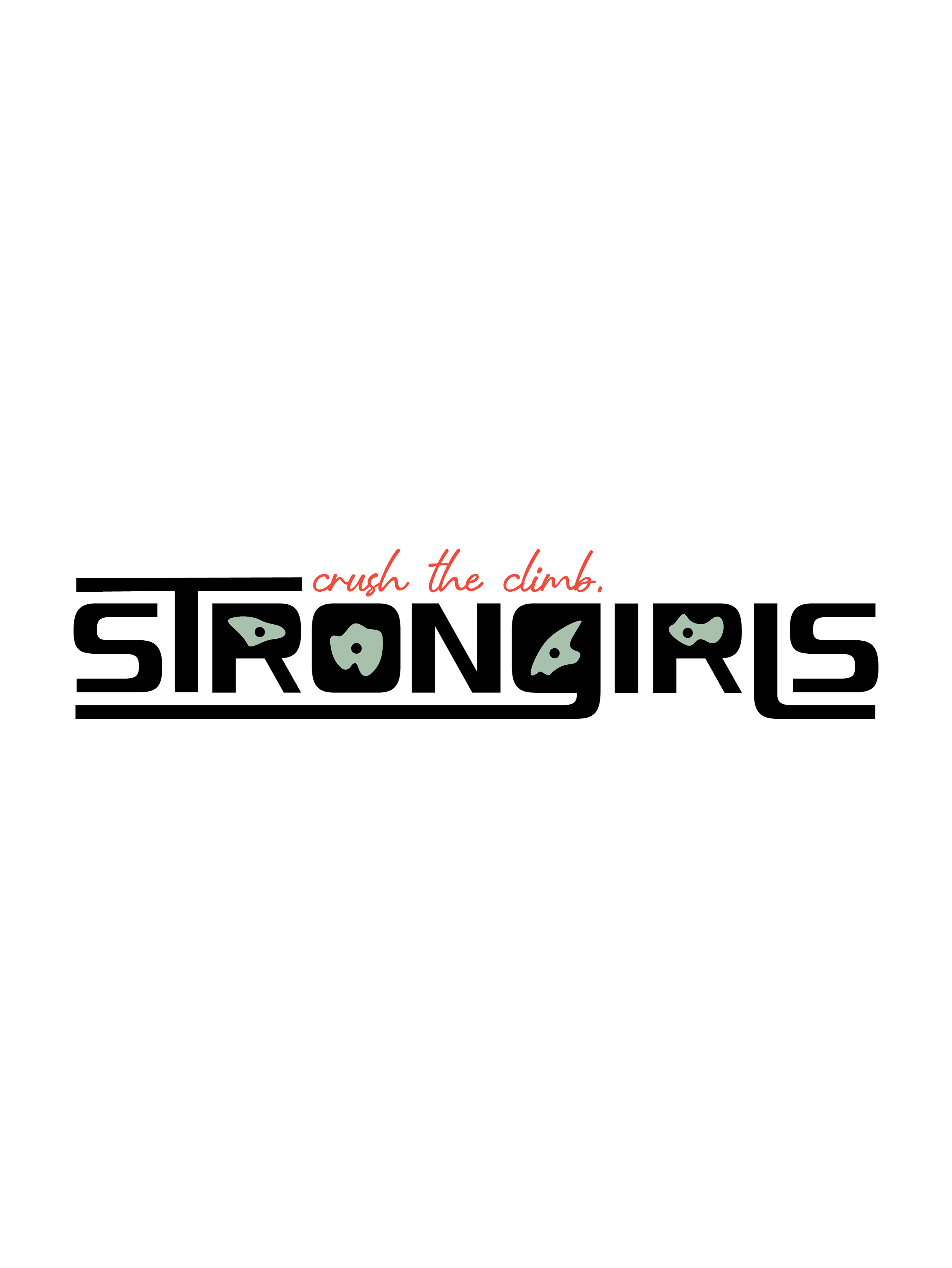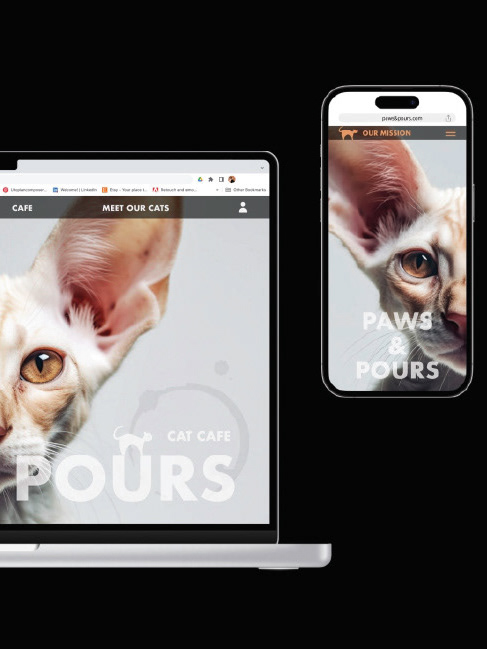Design Brief:
Design Brief: Create an editorial design for an article about a person of historical significance. The content should inform every aspect of the design.
Concept:
This layout design features an article about a mass murder that occurred at architect Frank Lloyd Wright’s home in 1914. The colors, typeface, orientation/scale of the layout, and all design elements reflect the dramatic recounting of the incident as well as Wright's architectural and interior design styles.
The final product (shown above) is a hardcover artist’s book with an accordian binding.
Research and Planning:
In preparation for this project, I researched Frank Lloyd Wright and became familiar with his architectural and interior design aesthetic. I stumbled across an article with a dramatic recount of the murder of Wright's mistress, her children and some workmen at his home, Taliesin, in Wisconsin in 1914.
The nature of the event led me to research different design styles used in murder stories or mysteries. Once my design direction was established, I settled on a color palette and possible typefaces to use in my layout.
(Below: inspirational images and color/typeface proposals from the research and planning phase of the project.)
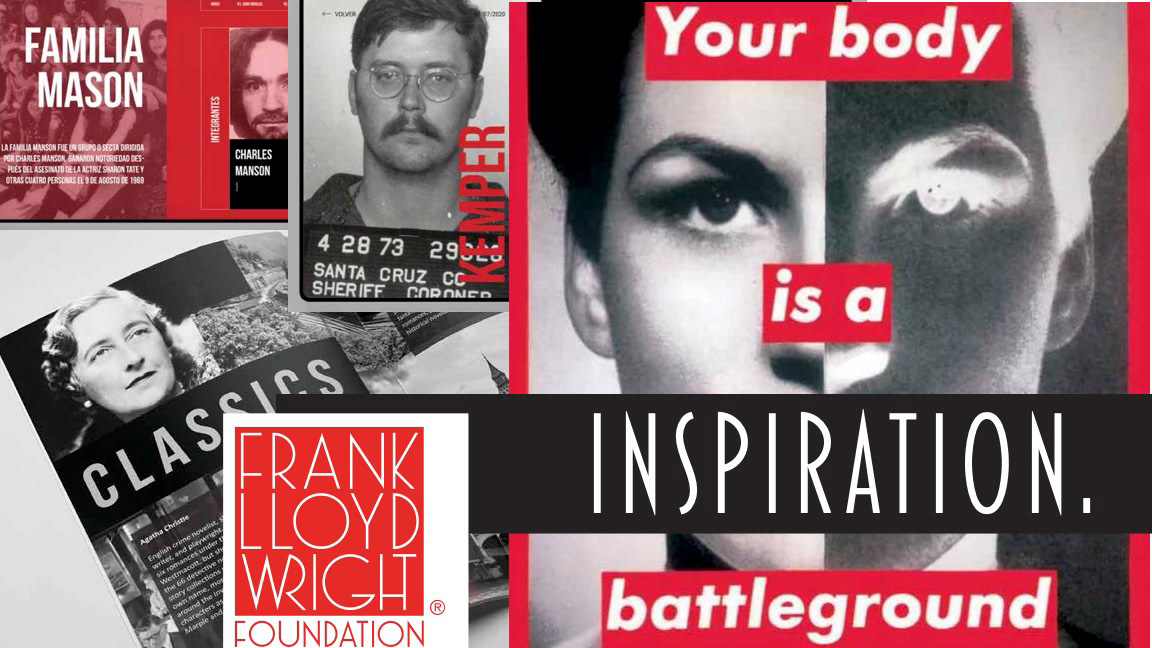

Design:
During the research and planning phase, I determined that the layout and orientation of the design should mimic the sprawling, Prairie Style architecture Frank Lloyd Wright was known for. In order to do this, I create a 16:9 ratio layout and decided to use an accordian-style binding to elongate the spreads.
The backsides of the spreads have images showing landscapes of the area of Wisconsin where Frank Lloyd Wright's famous home, Taliesin, is located. The hardcover, sprawling artist's book may be displayed to show both the fronts and backs of the spreads.
(Below: Final spreads, laid out in InDesign.)
Challenges > Iterations > Success:
I researched accordian bindings, and I visited Southern Connecticut State University's collection of artist's books to observe a variety of these binding styles. I created a prototype to test my construction, altered my material choices, made small changes to my construction methods and assembled the final product.
Constructing the accordian binding proved more challenging than I expected from the conception of the project, though it ultimately resulted in a rewarding final product.
(Below: accordian binding artist's book, set up for viewing of front and back spreads.)
Reflection:
This project demonstrated the value that quality research, planning and time management can have on a final product. Defining my goals early on, having a clear vision for my design and scheduling myself plenty of time to try new and different things resulted in a great outcome.
